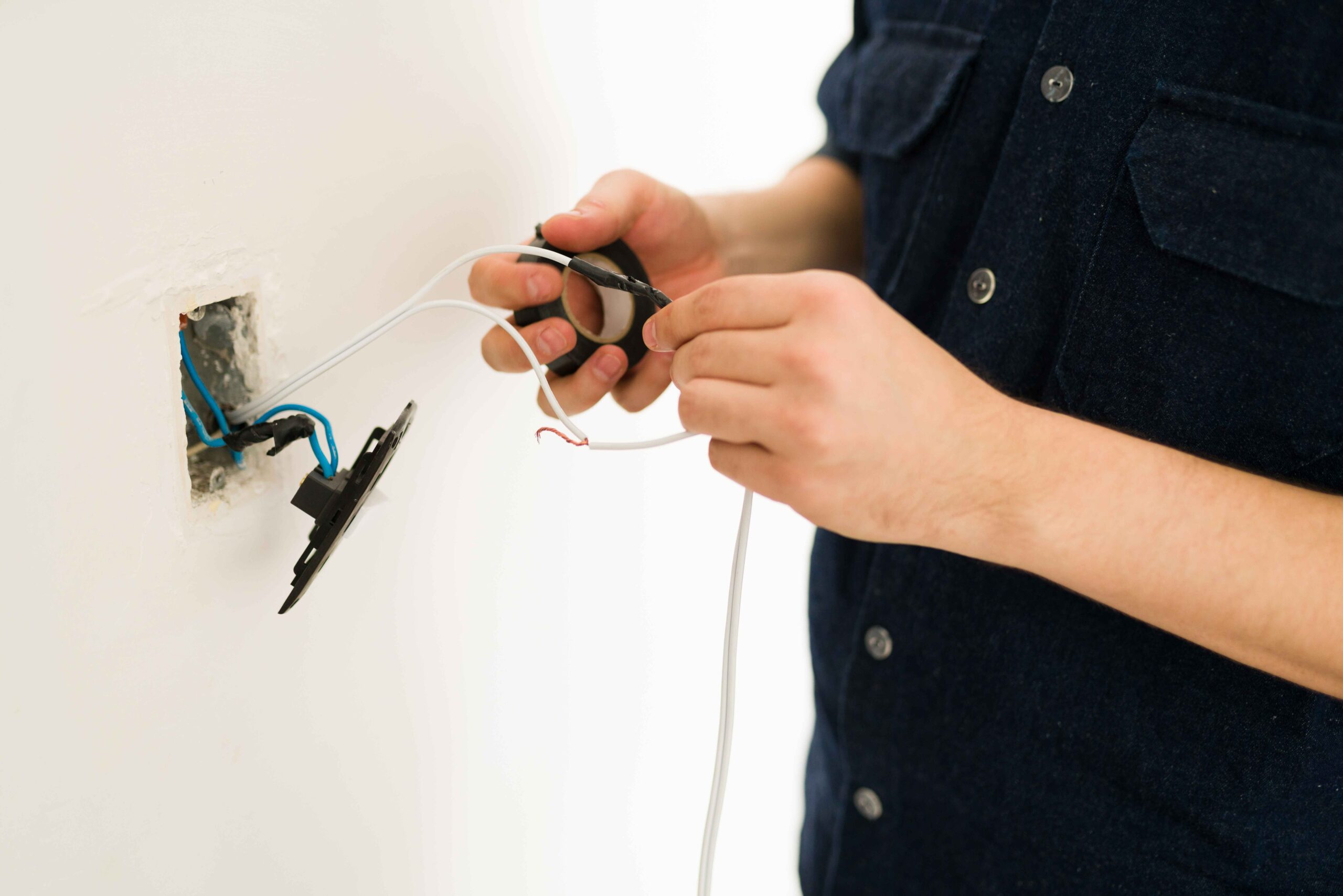Wiring security cameras right is the secret to a rock-solid CCTV system—whether you’re safeguarding a home or business. A sloppy job means spotty footage or dead cameras, but a clean install keeps everything humming. Curious how to install security camera wiring yourself? This 2025 guide walks you through it, from picking cables to running them through walls. U.S. stats say homes with cameras deter 60% of burglars, but only if they work. Whether you’re wiring a security camera indoors or tackling an outdoor setup, we’ve got the steps. At Innovative Security Controls, we’ve mastered camera wiring installation in McKinney and North Texas—now we’re sharing that know-how. Ready to wire up a surveillance system that lasts? Let’s get started.
Why Good Wiring Makes or Breaks Your Security Cameras
Wiring isn’t just a chore—it’s what keeps your security cameras alive. Bad wiring a security camera leads to signal dropouts, power issues, or blurry feeds when you need clarity most. Done right, it ensures steady video and long-term reliability, whether you’re using CCTV wiring or IP setups. Coaxial cables carry video for analog cameras; Ethernet delivers power and data for modern ones. A solid plan—think how to wire security cameras without chaos—pays off. In North Texas, where weather can test outdoor wires, it’s even more critical. Get this foundation right, and your surveillance stays sharp.
Tools and Materials for Wiring Security Cameras
Before you start wiring security cameras, gather these:
- Cables: Coaxial (RG59/RG6) for analog, Ethernet (Cat5e/Cat6) for IP.
- Power: Supplies for coaxial or PoE adapters for Ethernet.
- Tools: Drill, fish tape (for walls), screwdriver, wire strippers, cutters.
- Securing: Clips, staples, raceways; electrical tape for tidy joints.
- Outdoor Extras: Weatherproof conduits, silicone sealant.
A security cameras wiring diagram (4-wire or 8-wire) can guide your setup—grab one for your system. With these, you’re ready to tackle CCTV wiring installation like a pro. It’s the same kit we use in McKinney installs.
How to Wire Security Cameras: Step-by-Step
1. Plan Your Wiring Layout
Figure out where cameras go—entrances, driveways, blind spots. Map how to run security camera wires to keep them short and safe. Outdoors? Plan for weatherproofing. Aim cameras 8-12 feet up for the best view, and sketch routes to avoid mess.
2. Pick the Right Cables
Your camera decides:
- Coaxial (RG59/RG6): Analog classics—RG59 for short runs, RG6 for longer ones.
- Ethernet (Cat5e/Cat6): IP camera champs, with PoE handling power and data in one.
Unsure? A wiring diagram for security camera setups clarifies what fits. It’s key for how to wire a CCTV camera right.
3. Run the Wires
Fish tape is your friend for how to install surveillance camera wires through walls—thread them cleanly through ceilings or studs. Drill small holes, pull cables, and secure with clips indoors or conduits outside. For how to run security camera cables through walls, patience beats rushed hacks. Outdoors, bury conduits 18 inches deep if going underground.
4. Connect Everything
- Ethernet: Plug into the camera and PoE switch or NVR—simple.
- Coaxial: Crimp BNC connectors for video, link power to a supply.
Check a surveillance camera wiring diagram to nail how to wire a security camera. Tight connections mean no glitches.
Wiring Indoor vs. Outdoor Cameras
Indoor Installations
- Indoor: Mount 8-12 feet high, hide wires along trim or baseboards. Fish tape helps with how to run wires for security cameras neatly.
- Outdoor: Use weatherproof cables and conduits—crucial for how to install outdoor security camera wiring. Seal entry points with silicone; bury underground runs 18 inches deep. North Texas weather demands this care—our McKinney installs prove it works.
Testing Your Camera Wiring Installation
After wiring cameras, test them. Watch live feeds—ensure clear, steady video from every angle. No signal? Check how to wire home security cameras again: tighten BNC or Ethernet ends, verify power. IP setups need network checks; coaxial needs video-power confirmation. Fix issues now, save stress later.
Pro Wiring with Innovative Security Controls
DIY’s cool, but pros perfect it. Innovative Security Controls offers low-voltage solutions—CCTV camera wiring, access control, Wi-Fi, and more—for North Texas companies. Our McKinney team nails wiring outdoor security cameras or indoor systems, hitting industry standards every time. Need a hand? We’ve got you.
Final Thoughts
Learning how to install security camera wiring isn’t tough with the right steps. From running CCTV wiring to testing feeds, it’s about precision. The best way to run security camera wires? Plan smart, use quality gear. DIY or not, a solid setup protects your space. For expert security camera cable installation, call Innovative Security Controls at [phone] or reach out online—McKinney’s got your back in 2025.





